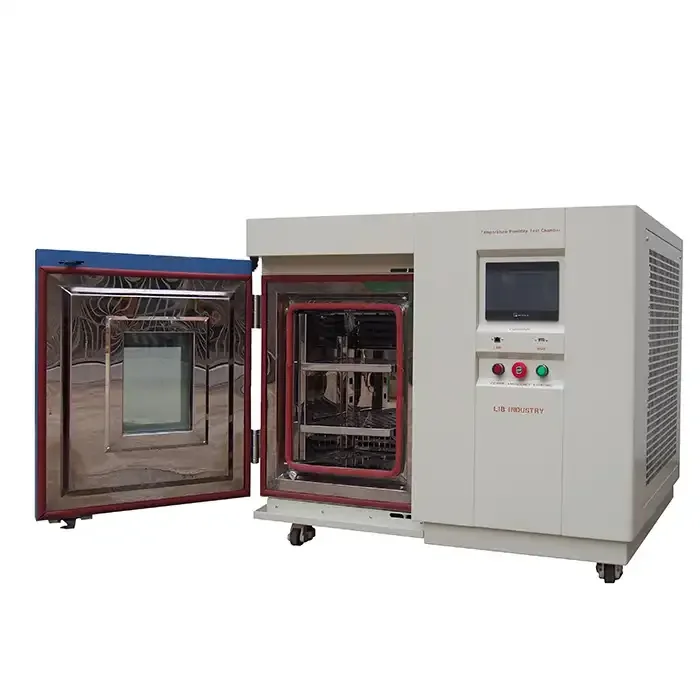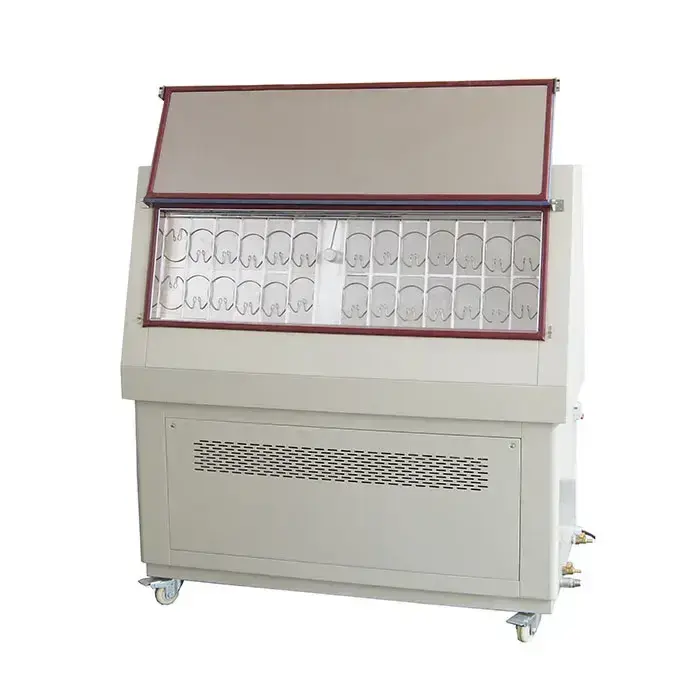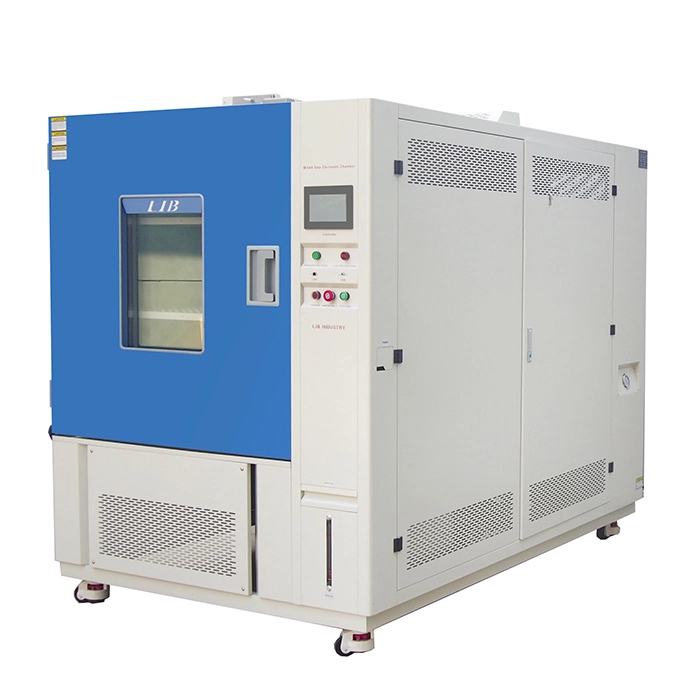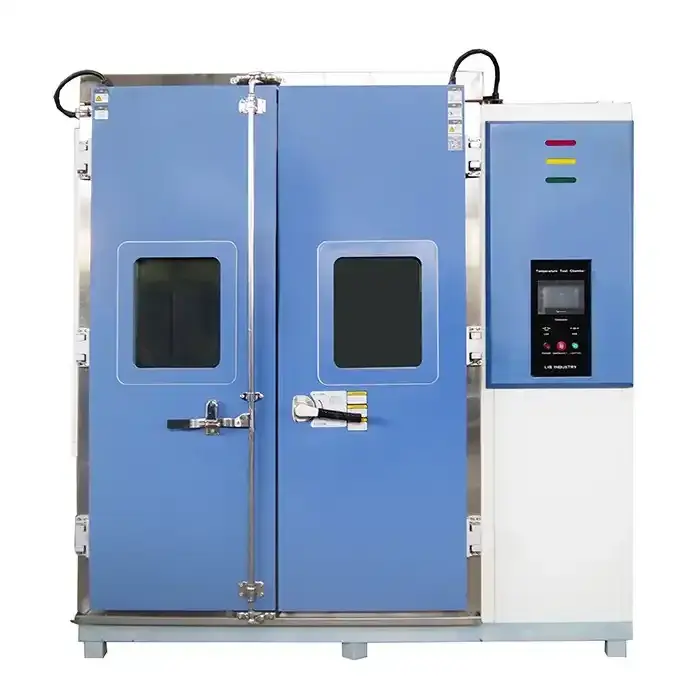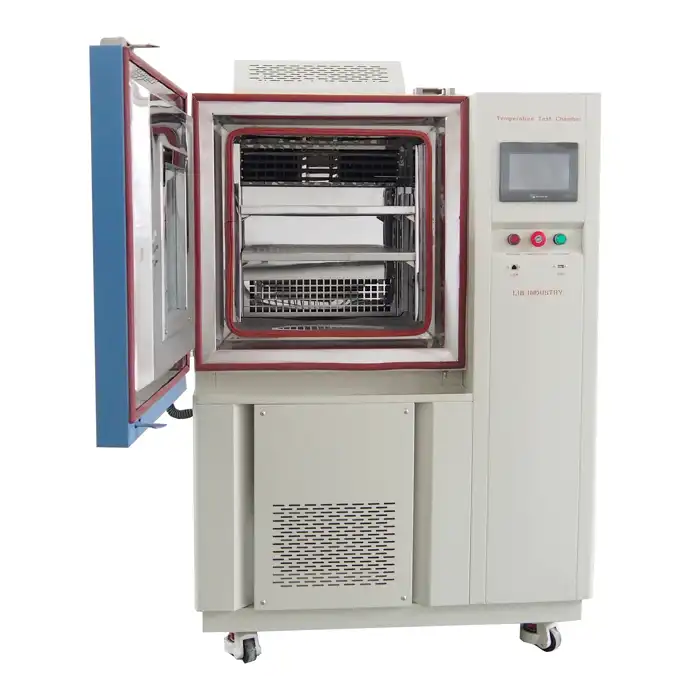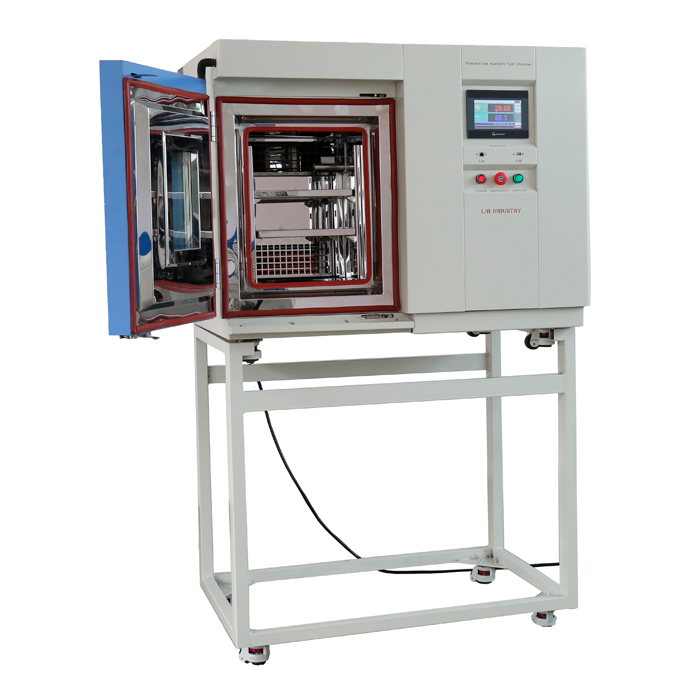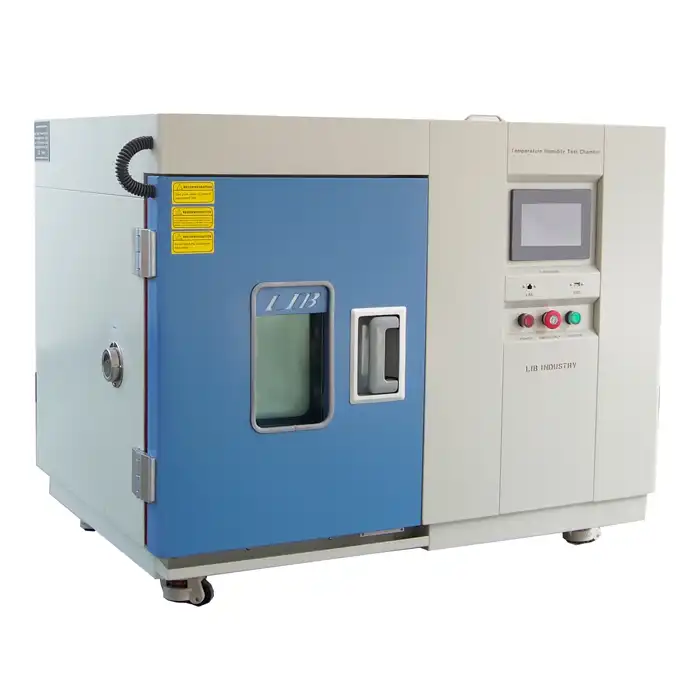What is a Walk-In Environmental Chamber Used For
Walk-in environmental chambers are indispensable tools in various industries for simulating a wide range of environmental conditions. These chambers are designed to test the durability, stability, and performance of products under different environmental scenarios. In this blog, we'll explore the key uses of walk-in environmental chambers, their test execution standards and processes, and the specific details that make these chambers essential for quality assurance and research.
How Are Walk-In Environmental Chambers Used Across Different Industries?
Walk-in environmental chambers are primarily used to replicate real-world conditions that products may encounter during their lifecycle. This includes temperature extremes, humidity levels, and even specific weather conditions such as rain, snow, or wind. By subjecting products to these conditions, companies can identify potential weaknesses and ensure that their products can withstand the environments they are designed for. The key uses in various industries are as follows:
Automotive Industry
Vehicles and their components are exposed to extreme temperatures, humidity, and mechanical stresses. Walk-in chambers allow manufacturers to test these components under controlled conditions to ensure they perform reliably in real-world scenarios.
Electronics
Electronic devices must operate flawlessly in a variety of conditions. Walk-in environmental chambers help in testing these devices for temperature fluctuations, humidity levels, and even electromagnetic interference.
Pharmaceuticals
Stability testing of drugs and other pharmaceutical products is crucial. Walk-in chambers simulate various storage conditions to ensure that these products remain effective and safe over their shelf life.
Aerospace
Components used in aircraft and spacecraft must endure extreme environmental conditions. Walk-in chambers enable rigorous testing to guarantee that these components meet stringent safety and performance standards.
What Are the Key Steps in Conducting Tests with Walk-In Environmental Chambers?
Walk-in environmental chambers play a critical role in ensuring that products can withstand a range of environmental conditions. Here’s a closer look at the essential steps involved in conducting tests with these chambers:
Setting Up the Chamber
The initial setup of a walk-in environmental chamber involves configuring it to match the specific requirements of the test. This includes:
- Temperature and Humidity Calibration: The chamber must be calibrated to ensure that the temperature and humidity levels are accurate. This involves using calibration equipment and adjusting the chamber settings to match the desired conditions.
- Environmental Conditions Setup: Depending on the test, the chamber may need to simulate extreme temperatures, varying humidity levels, or other environmental factors. For instance, a test might require simulating a tropical climate with high humidity and elevated temperatures or arctic conditions with freezing temperatures.
- Pre-Test Warm-Up: Before introducing the test samples, the chamber often needs a warm-up period to stabilize the environmental conditions. This ensures that the conditions are uniform and consistent throughout the testing process.
Preparing the Test Samples
Before starting the test, products or components must be carefully prepared and positioned inside the chamber. This step involves:
- Sample Preparation: The products or components being tested are carefully prepared according to the test protocols. This may involve cleaning, conditioning, or assembling the samples to ensure they are ready for exposure to the chamber's conditions.
- Sample Placement: Strategic placement of samples within the chamber is important to ensure uniform exposure. The samples should be arranged in a way that allows for even airflow and consistent environmental conditions around each item. This might involve using racks, shelves, or specific placement techniques to maximize exposure.
- Pre-Test Checks: Before starting the test, it's essential to conduct pre-test checks to verify that the samples are correctly positioned and that the chamber is functioning as intended. This includes confirming that the temperature and humidity levels are stable and that all equipment is operational.
Conducting the Tests
With the walk-in environmental chamber set up and samples in place, the actual testing can begin. This step involves:
- Running the Test Cycles: The samples are subjected to the programmed environmental conditions. This may involve cycling through different temperatures, humidity levels, or other variables as required by the test protocol. The chamber’s advanced control systems ensure that these conditions are maintained accurately throughout the test duration.
- Monitoring and Data Collection: During the test, sensors and monitoring equipment continuously collect data on various parameters, such as temperature, humidity, and sample performance. Real-time monitoring systems may provide immediate feedback and alerts if conditions deviate from the set parameters.
- Adjustments and Observations: If necessary, adjustments are made to the chamber settings based on initial observations or real-time data. This ensures that the test remains within the required conditions and that any anomalies are addressed promptly.
Analyzing the Results
After completing the test, the collected data is thoroughly analyzed to assess the performance of the products. This includes:
- Data Review: The recorded data is reviewed and organized to identify trends, patterns, and deviations. This analysis helps determine how the products or components responded to the environmental conditions.
- Performance Assessment: The performance of each sample is assessed based on the test objectives. This might involve comparing the test results against industry standards, specifications, or previous performance data to evaluate the product’s durability, reliability, and overall performance.
- Reporting and Recommendations: A detailed report is generated, summarizing the test results and providing insights into any issues or areas for improvement. Recommendations for design modifications, material changes, or further testing may be included based on the findings.
What Key Features Enhance the Functionality of Walk-In Environmental Chambers?
Walk-in environmental chambers come with a variety of features that enhance their functionality and usability. Understanding these features is essential for maximizing the benefits of these chambers.
Size and Capacity
Walk-in chambers are designed to accommodate larger products or multiple smaller items simultaneously. The size and capacity of these chambers can vary, allowing for flexibility in testing different types of products.
Temperature and Humidity Control
Advanced temperature and humidity control systems ensure that the conditions inside the chamber remain consistent and accurate. These systems can simulate a wide range of environments, from arctic conditions to tropical climates.
Data Logging and Analysis
Modern walk-in environmental chambers are equipped with sophisticated data logging systems. These systems record all relevant data during the tests, which can be analyzed later to assess product performance. Some chambers also offer real-time monitoring and remote access, allowing for continuous oversight of the testing process.
Safety Features
Safety is a paramount concern in walk-in environmental chambers. Features such as emergency shut-off systems, alarms, and fail-safe mechanisms ensure that the testing process is conducted safely and that any issues are promptly addressed.
Conclusion
Walk-in environmental chambers are vital tools for ensuring the reliability and durability of products across various industries. By simulating real-world conditions, adhering to strict test execution standards, and offering advanced features, these chambers help companies enhance product quality and performance. Whether it's for automotive components, electronic devices, pharmaceuticals, or aerospace parts, walk-in environmental chambers play a crucial role in quality assurance and research.
If you want to learn more about this kind of Climatic Walk In Chambers, welcome to contact us at info@libtestchamber.com.
References
1. ASTM International - "Standard Guide for Environmental Testing".
2. ISO 17025:2017 - "General requirements for the competence of testing and calibration laboratories".
3. GMP (Good Manufacturing Practice) - "Guidelines on Stability Testing of New Drug Substances and Products".
4. Environmental Testing Services - "Applications and Benefits of Environmental Chambers".
5. Practical Guide to Environmental Testing - "Environmental Testing and Validation for Electronics and Aerospace".



